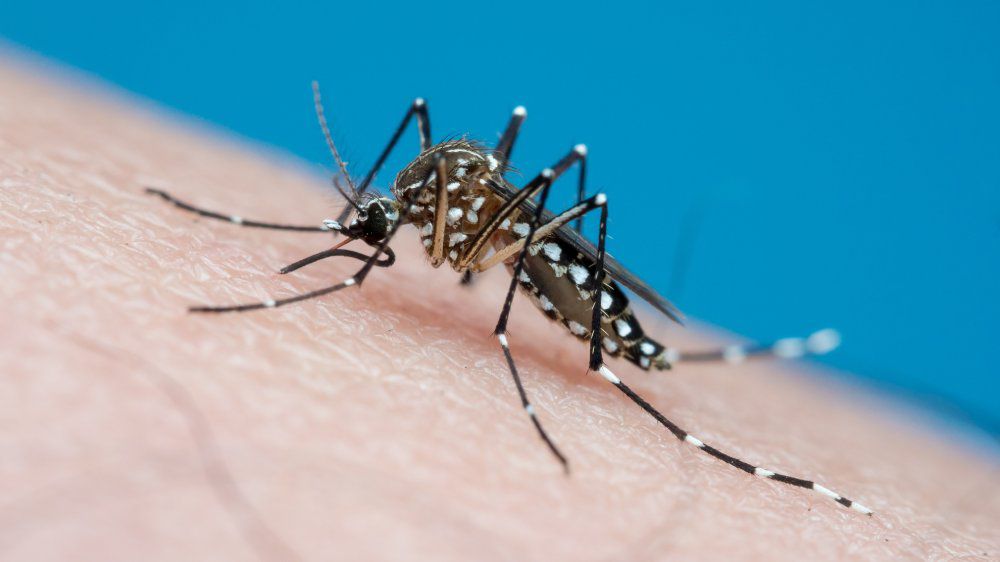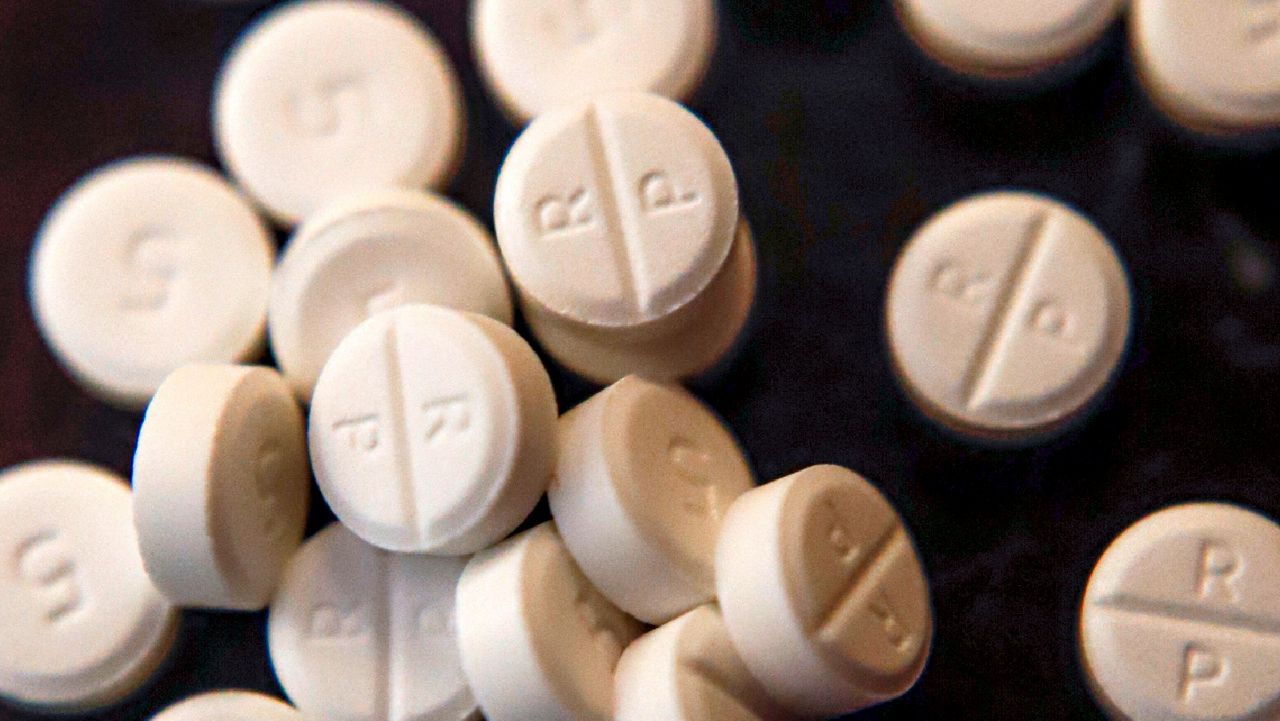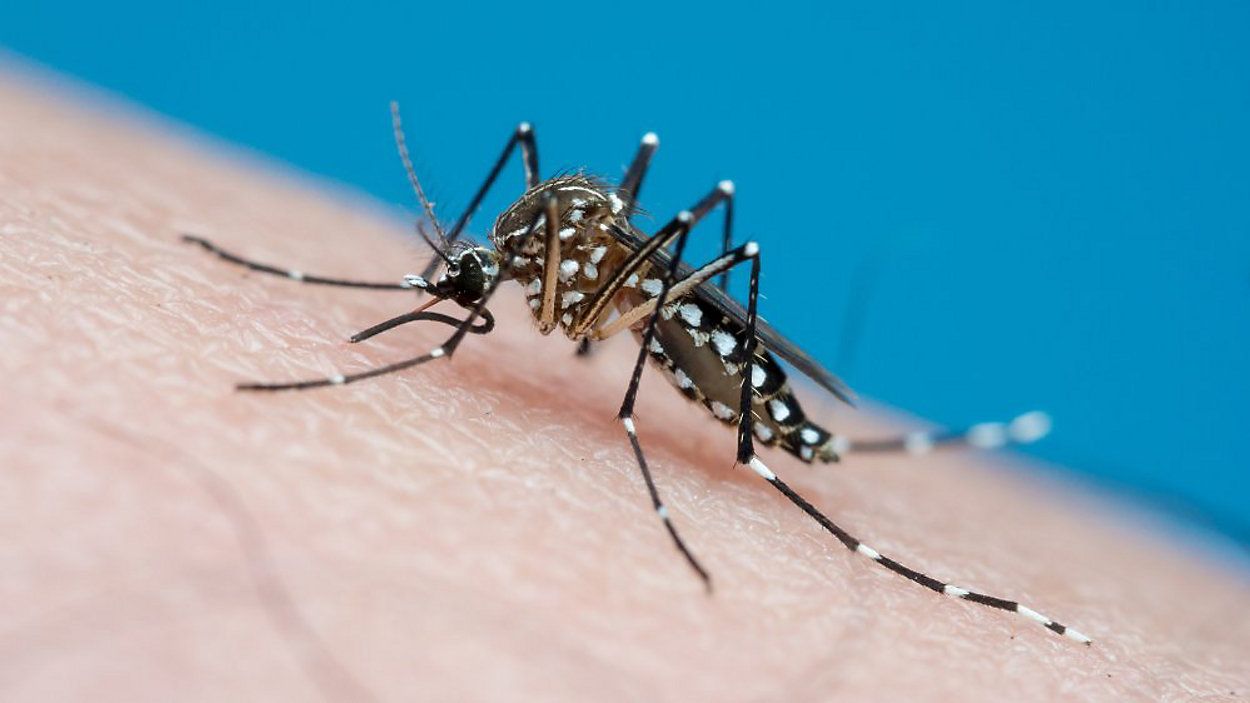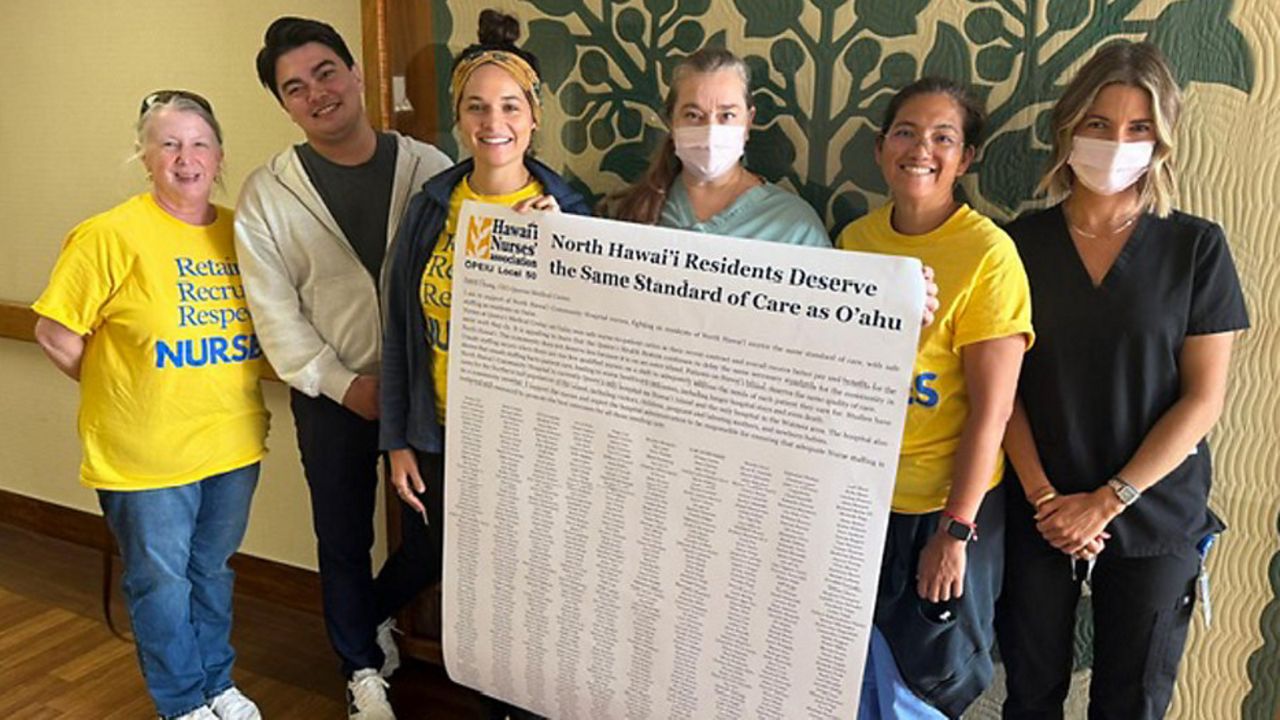HONOLULU — The Department of Health is urging people on Oahu’s North Shore to be cautious after discovering a Haleiwa resident was infected with dengue fever following an international trip.
This is the 10th travel-related dengue case in Hawaii since January 2023.
Unlike previous incidents, officials are asking residents and visitors near the Haleiwa Boat Harbor to take extra precautions to protect themselves from being bitten by mosquitoes and to stop mosquitoes from breeding.
The DOH said a trifecta of factors may increase the risk of transmission in Haleiwa: The abundance of tourists, the recent rainy weather and a large population of mosquitoes.
“We don't normally have dengue circulating in Hawaii and we want to keep it that way,” said Dr. Sarah Kemble, DOH’s epidemiologist, during a Friday news conference. “But we do respond when we get a travel-related case.”
The DOH’s Vector Control Branch discovered a large population of Aedes albopictus mosquitoes, which transmit dengue fever, near the Haleiwa Boat Harbor.
“Our teams got out of the car, and we were getting landed on by … Aedes mosquitoes,” said Matthew Kurano, head of DOH’s Vector Control Branch, during the news conference.
To transmit dengue fever, a mosquito must first bite a person infected with dengue and then, after five to seven days, the virus develops in the mosquito and can be spread when the infected mosquito bites another person.
After seeing the large number of mosquitos in the area, Vector Control staff sprayed pesticides and set mosquito traps. They also went door to door to offer people free inspections.
Kurano urged everyone to walk around after Friday’s heavy rains and dump out standing water that may have accumulated in buckets, bromeliads or boat covers. He also asked people to wear repellent and long sleeves and pants when outside, instead of the beach clothes that many people in Haleiwa would usually wear.
After the patient is determined to no longer be infected with dengue, Kurano said they will monitor a 400-yard radius area for 14 more days.
“A really good thing is that they don’t travel really far,” Kurano said about Aedes albopictus mosquitoes.
Kemble, the state’s epidemiologist, encouraged people in the area who have been bitten by a mosquito or suspect they may have dengue fever to seek medical care. Dengue symptoms may include fever, nausea, vomiting, rash and body aches. Severe symptoms are more likely in someone previously infected with dengue. Most people recover in about a week.
Michelle Broder Van Dyke covers the Hawaiian Islands for Spectrum News Hawaii. Email her at michelle.brodervandyke@charter.com.









